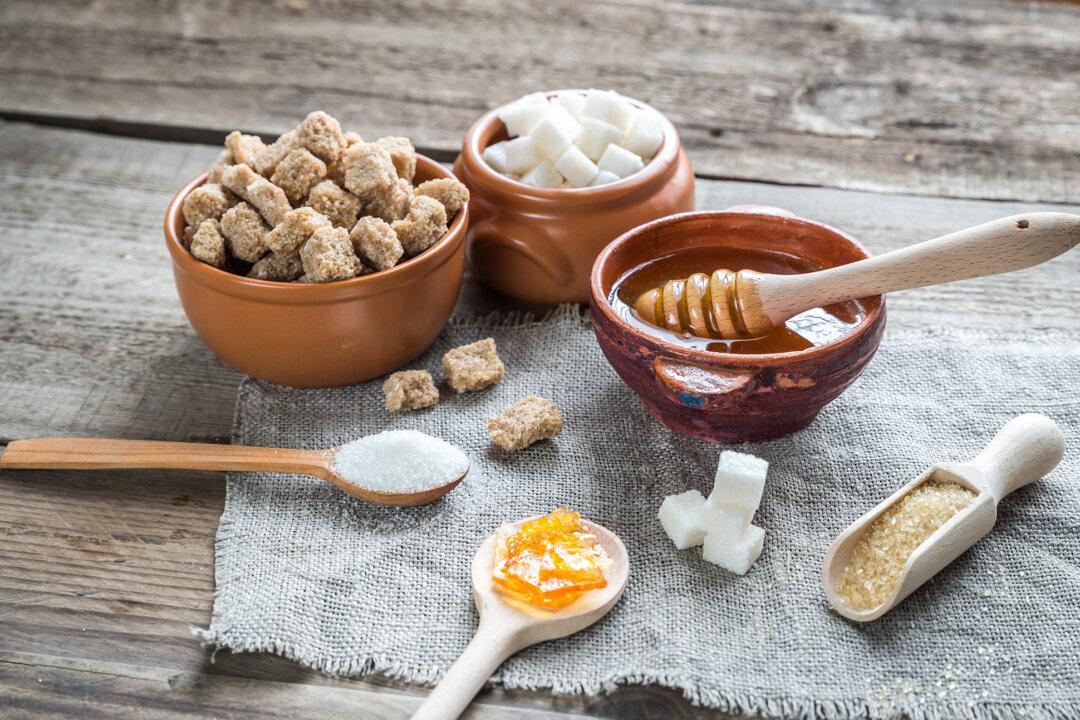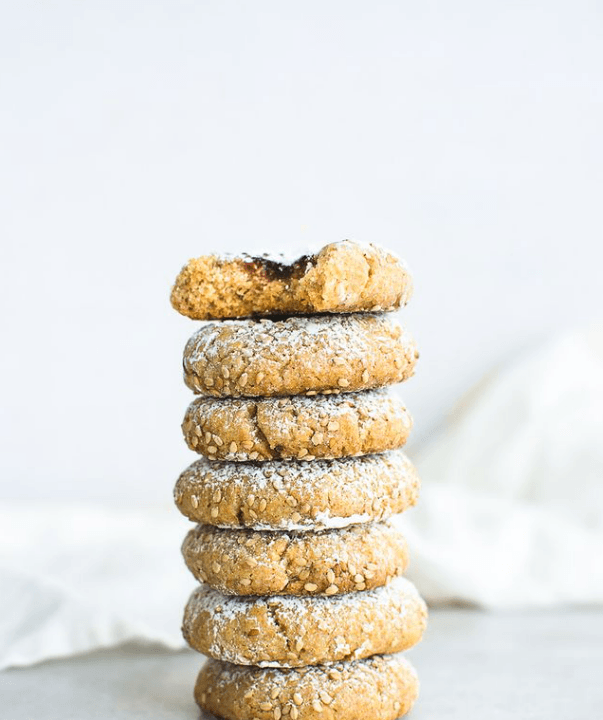Most of us grew up thinking that “sugar” meant one thing: white, sweet, and in practically everything. But nature doesn’t sweeten with a single brush. From tree sap to cane juice to honeybee nectar, natural sweeteners come in a spectrum of flavors and very often are loaded with good-for-you micronutrients such as minerals and antioxidants. They’re not just pantry staples. They’re snapshots of place and process and can fundamentally transform the character of your treats.
Honey
Honey may be the oldest concentrated sweetener in the human diet. Our relationship with it spans millennia—evidence of honey gathering appears in prehistoric cave paintings on the Iberian Peninsula, dating back more than 8,000 years. It informed the medical and culinary practices of ancient Egypt, Greece, Mesopotamia, and India. There may be merit to those ancient remedies. Honey is a nutritional powerhouse, packed with enzymes, antioxidants, and prebiotics. It also contains B vitamins and trace minerals.
More than 1,000 bees are needed to gather the pollen for producing 16 ounces of raw honey. Shaiith/Shutterstock





